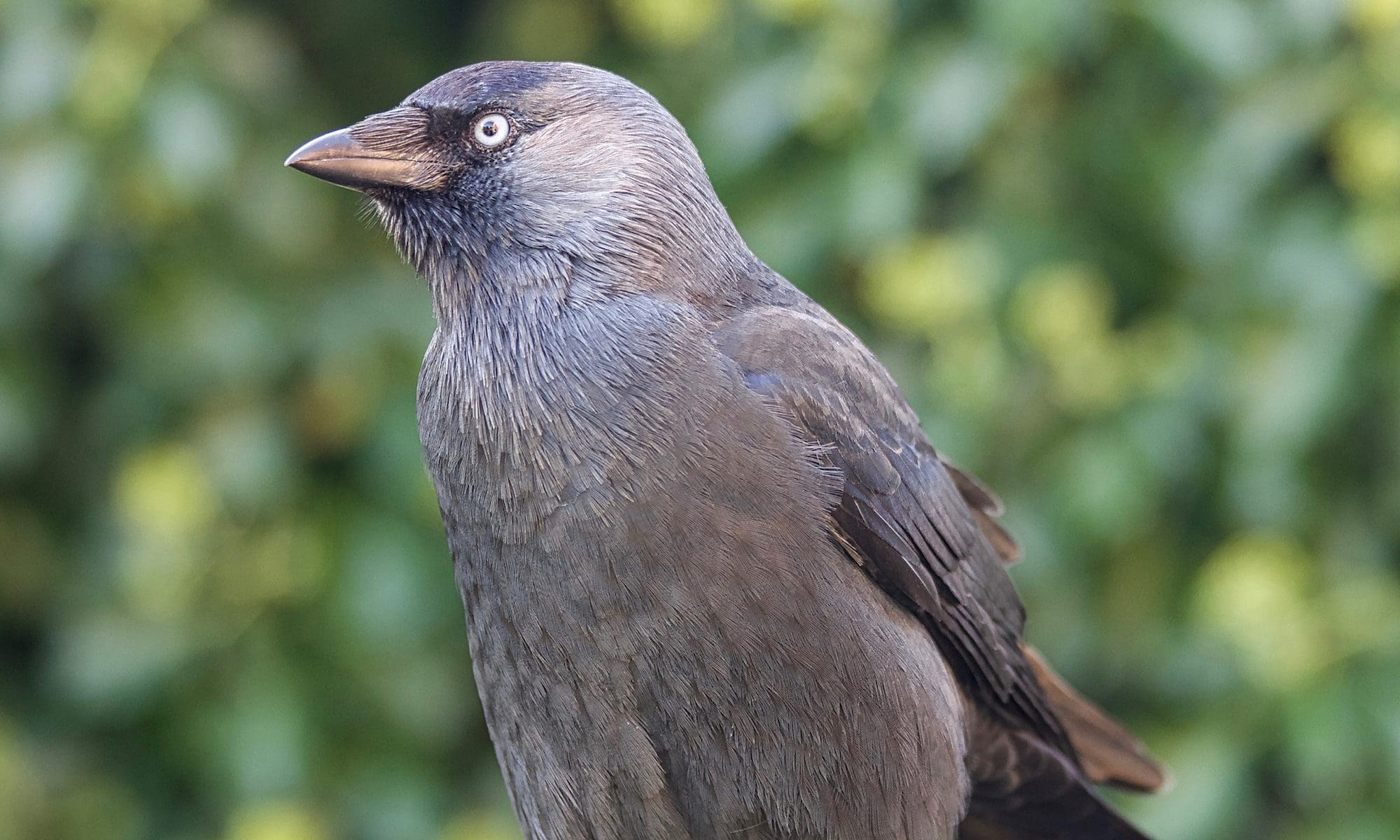Wild animals, and in particular birds, will try very hard not to show any signs of disease or of being unwell. This survival strategy makes it often difficult to actually notice that a bird is ill or injured. This common problem can lead to a delay in treatment, which sadly often means that with progressing time it becomes more difficult or even impossible to save the animal. To establish whether a bird is diseased or not, it is necessary to closely observe the animal in question, sometimes for a longer period of time. In any case, if the bird is not in immediate danger, then observing the bird from a safe distance is usually very informative. Whilst observing the bird, it might also be a good idea and the right time to get in touch with a local rehabber or wildlife rescue to obtain expert advice or assistance.
Continue reading “First Aid For Birds – How to Know If A Bird Is Sick”







